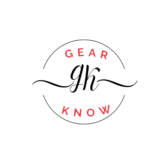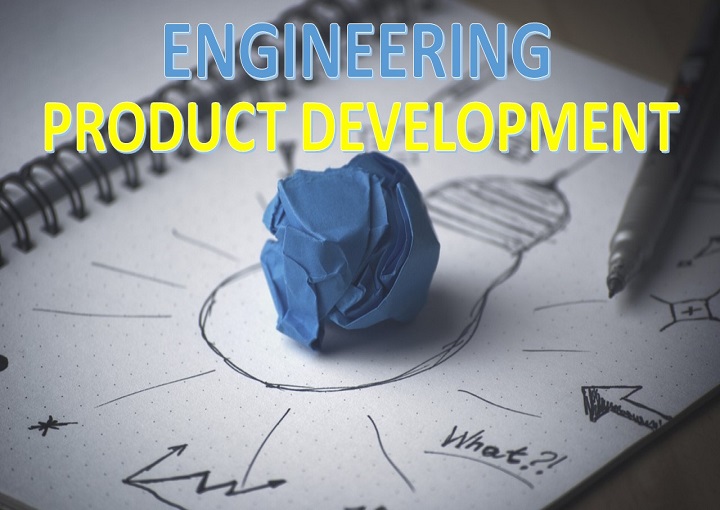Discover the comprehensive engineering product development process, guiding you from the inception of an idea to achieving market success. Learn essential strategies, tools, and best practices to transform your concepts into tangible products that meet customer needs and drive business growth. Gain valuable insights into prototyping, testing, iteration, and effective market entry strategies. Empower your engineering journey and pave the way for successful product innovation
Introduction
In the fast-paced world of engineering, turning innovative ideas into successful products requires a well-defined product development process. This article explores the key steps involved in the engineering product development process, along with the challenges faced and best practices for achieving success.
Understanding the Engineering Product Development Process
The engineering product development process is a systematic approach that takes an idea from conception to market introduction. It involves various stages, each crucial for ensuring the product’s viability and market acceptance. Let’s dive into the step-by-step process of engineering product development:
Step 1: Identifying the Need
Before embarking on product development, it is essential to identify the need or problem the product aims to solve. This stage involves market research, customer surveys, and competitor analysis to gain insights and determine the target audience.
Step 2: Conceptualization and Brainstorming
In this phase, engineers and designers brainstorm and generate ideas based on the identified need. Creative thinking, collaboration, and visualization techniques play a vital role in conceptualizing potential product solutions.
Step 3: Feasibility Assessment
Once the concepts are developed, a feasibility assessment is conducted to evaluate their technical, economic, and market feasibility. This step helps filter out ideas that may not be practical or economically viable.
Step 4: Design and Prototyping
After selecting a feasible concept, engineers work on detailed product design. They create prototypes to validate the design, functionality, and performance. Prototyping allows for iterations and improvements before moving forward.
Step 5: Testing and Validation
Testing and validation are crucial to ensure the product meets the desired specifications, quality standards, and regulatory requirements. This phase involves rigorous testing, simulations, and user feedback to identify and address any design flaws.
Step 6: Manufacturing and Production
Once the design is validated, the product moves into the manufacturing phase. Engineers work closely with manufacturers to ensure smooth production, quality control, and cost optimization. Effective supply chain management is essential for timely delivery.
Step 7: Launch and Market Introduction
The product is ready for market introduction. A well-planned marketing strategy, including product positioning, pricing, and promotion, is essential for a successful launch. This stage involves creating awareness, generating demand, and capturing market share.
Step 8: Continuous Improvement and Iteration
Product development doesn’t end with the launch. Continuous improvement and iteration are vital to stay ahead in a competitive market. Feedback from customers and market trends help identify areas for improvement and new features.
Challenges in Engineering Product Development
While product development offers exciting opportunities, it also comes with its fair share of challenges. Some common challenges include:
1. Technological Complexity:
Developing complex engineering products often involves integrating multiple technologies and disciplines, requiring interdisciplinary collaboration and expertise.
2. Time and Cost Constraints:
Balancing time-to-market and cost considerations can be challenging. Efficient project management and resource allocation are crucial for meeting deadlines and staying within budget
3. Market Uncertainty:
The dynamic nature of the market introduces uncertainty. Identifying market trends, understanding customer needs, and adapting to changing demands are essential for success.
4. Risk Management:
Product development involves inherent risks, such as technical failures, regulatory compliance issues, or unexpected market shifts. Effective risk management strategies and contingency plans are necessary to mitigate these risks.
5. Cross-Functional Collaboration:
Developing a successful product requires collaboration between various teams, including engineering, design, marketing, and manufacturing. Ensuring effective communication and coordination among these teams can be a challenge.
Best Practices for Successful Product Development
To overcome the challenges and increase the likelihood of product development success, consider implementing these best practices:
1. Early and Continuous Customer Engagement:
Engage with customers from the initial stages to gain valuable insights, gather feedback, and validate product concepts. This customer-centric approach helps ensure that the final product meets customer expectations.
2. Iterative Development:
Adopt an iterative approach to product development, allowing for frequent testing, feedback incorporation, and continuous improvement. This agile methodology enables quicker adaptations and reduces the risk of major design flaws.
3. Cross-Functional Collaboration:
Foster a collaborative environment that encourages open communication and knowledge sharing between different teams involved in the product development process. This collaboration enhances innovation and reduces silos.
4. Prototype and Test Early:
Building prototypes early in the process enables early validation and identification of design flaws. Iterative testing and refinement based on feedback help ensure the final product meets quality standards.
5. Project Management and Tracking:
Implement effective project management techniques to track progress, manage resources, and meet deadlines. Utilize tools like Gantt charts, agile project management software, and regular team meetings for efficient project execution.
Conclusion
The engineering product development process is a complex journey that involves several crucial steps, from identifying the need to launching a successful product in the market. By following a systematic approach, addressing challenges, and implementing best practices, companies can increase their chances of creating innovative, high-quality products that meet customer demands and achieve market success.
FAQs
1. What is the role of market research in the engineering product development process?
Ans. Market research helps identify customer needs, understand the competitive landscape, and determine the market potential for a product idea. It provides valuable insights that inform decision-making throughout the development process.
2. Why is cross-functional collaboration important in product development?
Ans. Cross-functional collaboration ensures that different perspectives and expertise are integrated into the product development process. It facilitates knowledge sharing, innovation, and reduces the risk of siloed thinking.
3. What is the significance of prototyping in product development?
Ans. Prototyping allows for testing and validation of the product design, functionality, and performance before moving into production. It helps identify design flaws early and enables iterations for improvement.
4. How can companies manage risks in product development?
Ans. Effective risk management involves identifying potential risks, creating contingency plans, and continuously monitoring and mitigating risks throughout the product development lifecycle. Regular risk assessments and proactive measures are key.
5. Why is continuous improvement important after product launch?
Ans. Continuous improvement ensures that the product remains competitive and meets evolving customer needs. Feedback from customers, market trends, and technological advancements help drive product enhancements and maintain market relevance.

